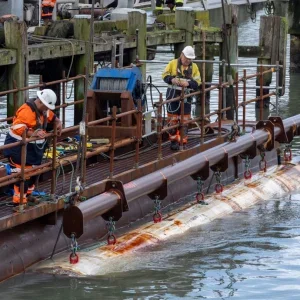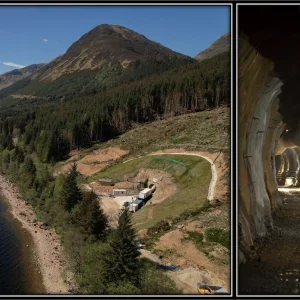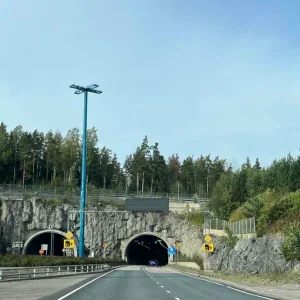The connections, then, have a macro-level purpose to them being created in the first place – the vision and aim of undertaking the investment. Then come the challenges – both in design and construction – to physically make each of those long links, and own ties to each other, created in many shapes and forms.
In this issue, we have two major feature articles that discuss the creation of such physical links: for the shaft and tunnel connections of the offshore structures for Hinkley Point C project, as described in a Harding Prize Competition paper; and, in central London, on the tube network, a designers’ retrospective on the many works required to deliver the capacity upgrade project for Bank station.
In each project – in every tunnel, construction, infrastructure or almost any project whatsoever – the connections are also among people, developing and forming teams to work together, effectively, and deliver.
We look, too, therefore in further articles on dimensions of education and training, where interpersonal contact is key. One article hears from a multi-disciplinary team formed among Swiss students following their recent success in winning an international competition with their innovative, evolving design for an MTBM, and plan for more prototype development.
This July, the BTS flagship training course – Design and Construction – takes place, offering much scope for connection with senior experienced tunnellers. We provide a briefing.
This is also the season of conferences – such as the recent successful WTC 2024 in Shenzhen, China, and preparations are underway for Stockholm to host next year’s gathering. NAT is soon in the US, national events abound from summer onward – including the BTS Conference, in early October.







